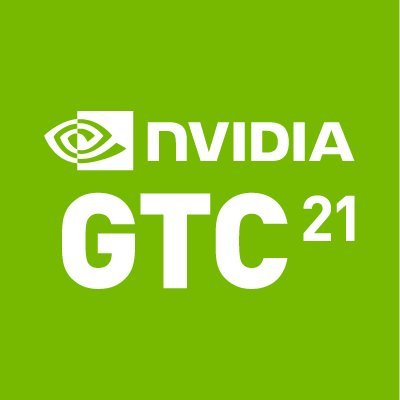Fresh after the conclusion of NVIDIA’s GPU Technology Conference (GTC) 2021 conference and training from the past week, we look back to the lead-in event that kicked it off. That is, of course, the keynote address from NVIDIA”s President and CEO, Jensen Huang on Monday, April 12. All the signals ahead of GTC 2021 suggested that gaming wasn’t going to be a priority for this event.
Among the keynote highlights from the keynote are announcement for new silicon for data centers, which are intended to :speed up high performance computing and artificial intelligence applications. Jensen Huang also announced upgrades and new SKUs for their server-class platforms, AI software offerings, and DRIVE platform for smarter cars and self-driving vehicles. Many of these platforms and service offerings may eventually come to affect what gamers see on their consoles and laptops.
In general, this keynote that clocked in at nearly two hours had plenty to offer folks interested in AI, HPC, and several other applications of computing. Not so much for gamers, specifically.
Except for NVIDIA’s Omniverse, that is, which was one of the early highlights in the keynote. In this portion of the keynote, Omniverse is essentially mapped out to be interconnecting 3D virtual worlds for people, AI, even robots. In other words, it could be the next step forward for the metaverse, a concept that has been in science fiction for decades — such as the ever-popular Star Trek holodeck.
NVIDIA’s Omniverse platform, designed to connect virtual worlds together, bundles cloud-native architecture, scalability to multiple GPUs, capable of physical accuracy, plugging into signature RTX features like ray-tracing and DLSS (deep learning super sampling) for upscaling image quality. NVIDIA’s MDL (Material Definition Language) simulates material types, NVIDIA PhysX covers physics simulation, and of, course, AI will be woven in as well.
Since simulating aspects of reality, like physics, materials, and so on, is part of the Omniverse package. Including these aspects into digital twins, which are digital copies of a real-world object, will help create more realistic set pieces in the digital theatre of virtual worlds. Besides serious use cases for simulations in workplace environments, for example, there’s opportunities in the evolution of what game environment-focused virtual worlds could be.
If the Omniverse sectkion of the keynote is what most excites you, check it out at this timestamped part of the keynote.
Enjoyed the video? Be sure to subscribe to our YouTube channel for more videos!
Whether you are an event coordinator, press, or general attendee, if you have an event video to share with us, please let us know and we’ll be happy to feature it!



